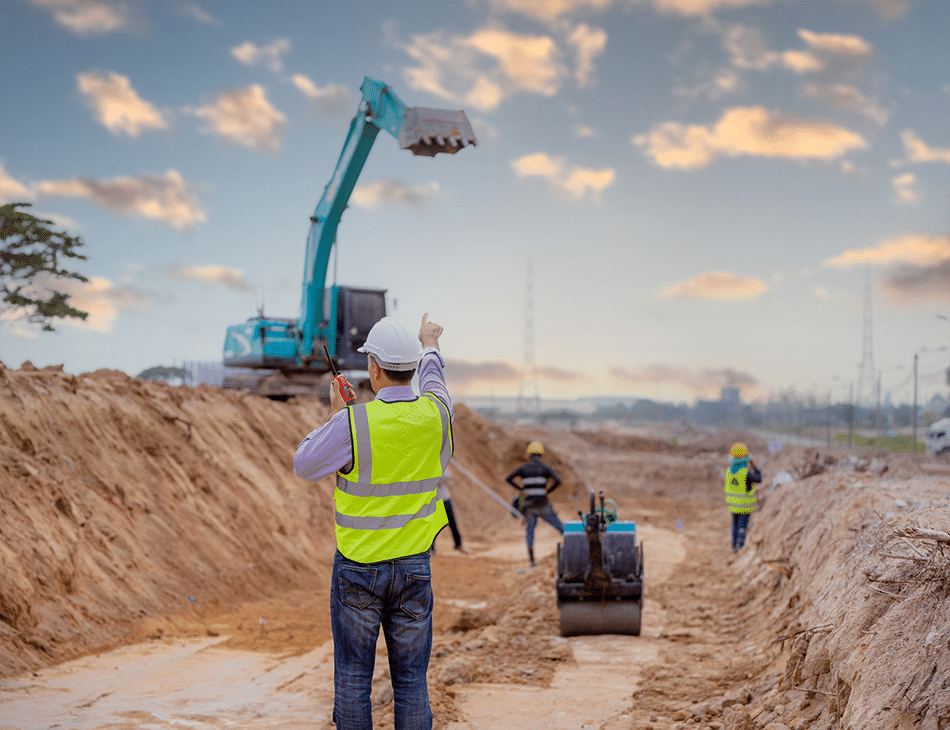When Is a Stormwater Pollution Prevention Plan Required?
In a world where environmental responsibility is becoming an ever-greater priority, understanding the ins and outs of Stormwater Pollution Prevention Plans (SWPPP) is crucial. But when exactly is a SWPPP required? Before we delve into that, let’s discuss the significance of stormwater pollution prevention and why you should care about it.
Understanding Stormwater Regulations
Stormwater pollution, a consequence of rainfall picking up pollutants as it flows over the ground, poses a significant threat to our water quality. To mitigate this, federal, state, and local entities enforce a series of regulations aimed at controlling this runoff.
At the federal level, the Environmental Protection Agency (EPA) regulates stormwater discharges from construction activities, industrial facilities, and municipalities under the National Pollutant Discharge Elimination System (NPDES) program. State and local regulations further refine and enforce these federal mandates.
Being aware of these regulations and staying current with their updates is not just about avoiding hefty fines and penalties—it’s about safeguarding our precious ecosystems and ensuring the sustainability of our shared resources.
When is a SWPPP Required?
To gain a clearer understanding of when a Stormwater Pollution Prevention Plan (SWPPP) is required, we’ll break it down into three main categories: Land Disturbance, Industrial Activities, and Municipal Stormwater Permits.
Land Disturbance
In the realm of construction, SWPPPs often come into play. The EPA necessitates a SWPPP for construction activities that disturb one or more acres of land. This also applies to projects that disturb less than an acre but are part of a larger common plan of development or sale.
These construction activities can range from clearing, grading, and excavating to projects like subdivisions and road construction. It is essential that these projects incorporate a SWPPP to control sediment and erosion and effectively manage stormwater runoff, which can carry pollutants into nearby water bodies.
Industrial Activities
Industries, with their diverse operations, can often be sources of stormwater pollution. That’s why a SWPPP is mandatory for certain industrial facilities identified by specific Standard Industrial Classification (SIC) codes. These industries span a broad range, including manufacturing, mining, waste disposal, transportation, and more.
The SWPPP, in this case, focuses on minimizing the exposure of industrial activities and materials to rain, snow, and runoff. It outlines measures to prevent pollutants (like chemicals, oils, metals, or waste products) from making their way into stormwater runoff.
Municipal Stormwater Permits
Municipal Separate Storm Sewer Systems (MS4s), often found in cities and counties, are another arena where SWPPPs are necessary. An MS4 is a conveyance or system of conveyances owned by a state, city, town, or other public entity that discharges to waters of the U.S.
MS4s regulated under an NPDES stormwater permit are required to develop and implement a stormwater management program, which includes an overall stormwater management plan. These plans aim to reduce the discharge of pollutants to the maximum extent practicable and protect water quality.
These are broad categories, and it’s crucial to note that there can be exemptions and thresholds that may apply based on specific federal or state regulations. Always consider seeking expert advice if unsure of your SWPPP requirements.
Developing and Implementing a SWPPP
A SWPPP is not a one-size-fits-all document. It must reflect your site’s specific characteristics, potential pollution sources, and chosen best management practices (BMPs).
The process begins with conducting thorough site assessments and identifying potential pollution sources. Then, you’ll design and implement BMPs that effectively prevent, control, or treat the identified pollutants. Next, the details are assembled into the SWPPP document, which includes site maps, descriptions of control measures, inspection schedules, and more.
Remember that training, inspections, and maintenance are vital for ensuring long-term compliance and effectiveness of your SWPPP.
Common Challenges and Solutions
Despite the clear steps, developing and implementing a SWPPP can present a host of challenges, including a lack of knowledge about the regulations and difficulty in identifying and addressing potential pollution sources. Budget constraints and limited resources can also prove problematic.
Overcoming these challenges is easier when you have access to accurate information, expert advice, and the right tools. ComplianceGO, for instance, offers a suite of stormwater specific software specifically designed to effectively manage your SWPPP.
Additional Resources
There are numerous resources available to assist in understanding and complying with SWPPP requirements. The EPA’s NPDES website is a great starting point. ComplianceGO also provides a wealth of information, tools, and support to help navigate the complexities of managing the tracking, weather, documentation, communication, and sign off requirements of SWPPPs.
How ComplianceGO Can Help
Understanding when a SWPPP is required is only half the battle. ComplianceGO can assist you in effectively managing your stormwater pollution prevention efforts, making the task less daunting and more efficient. Our innovative stormwater inspection and documentation software is designed to take the guesswork out of compliance, freeing you to focus on what you do best.
As we conclude, remember this: knowing when a SWPPP is required and effectively implementing one is not just about compliance—it’s about protecting our environment for future generations. So, prioritize stormwater pollution prevention and ensure you’re playing your part. Check out our demo video to see how ComplianceGO can assist with your stormwater management needs.

